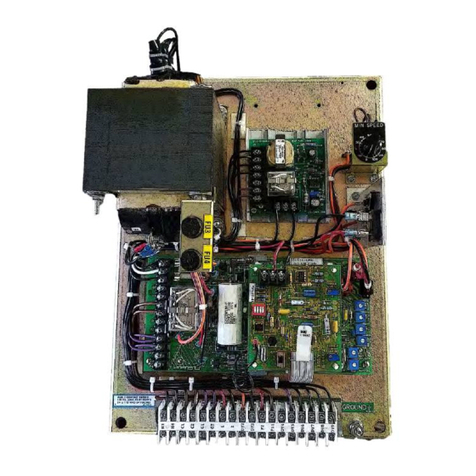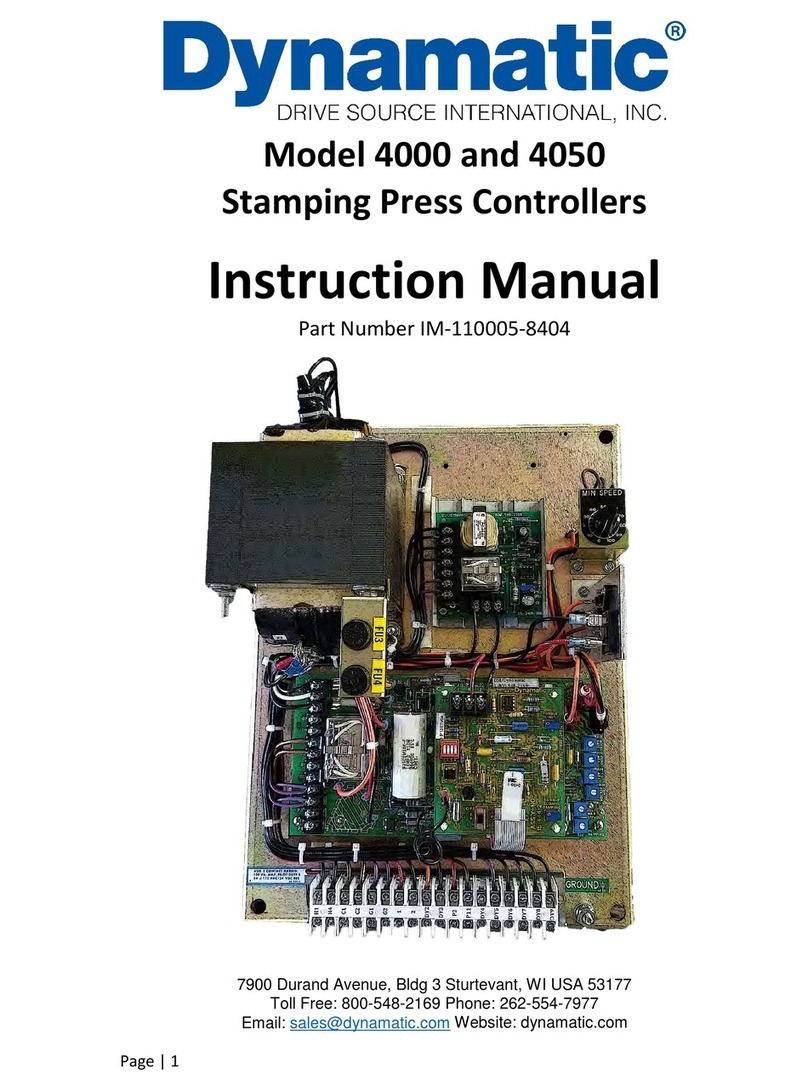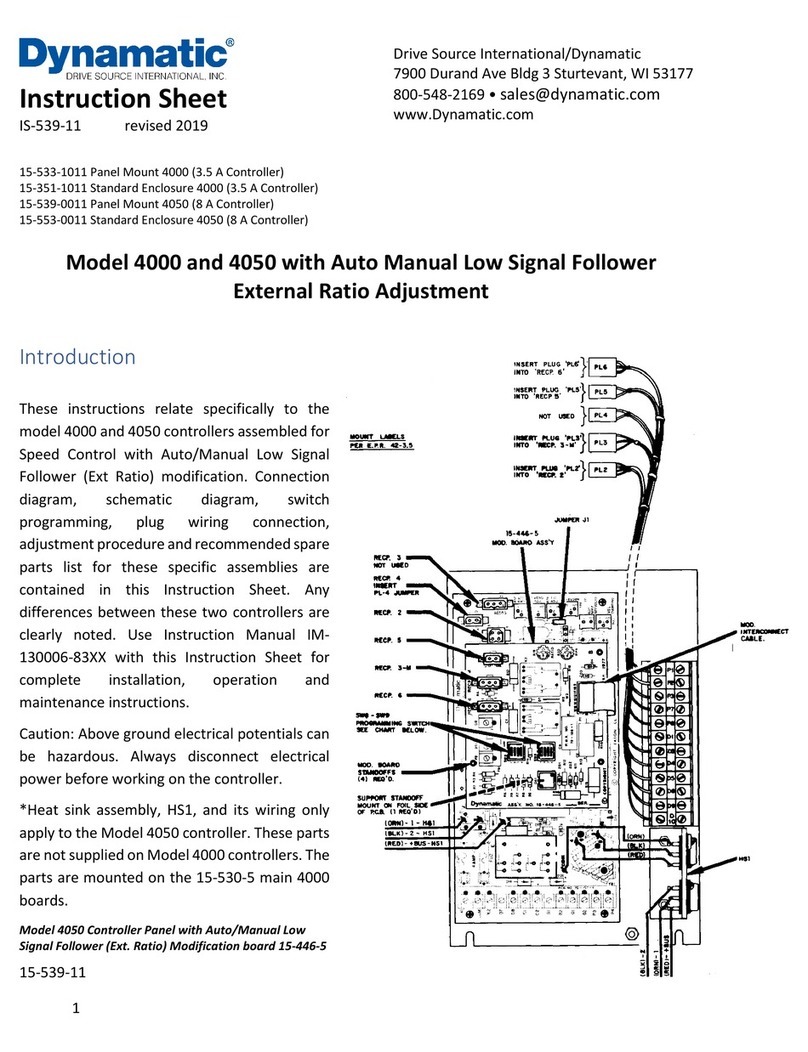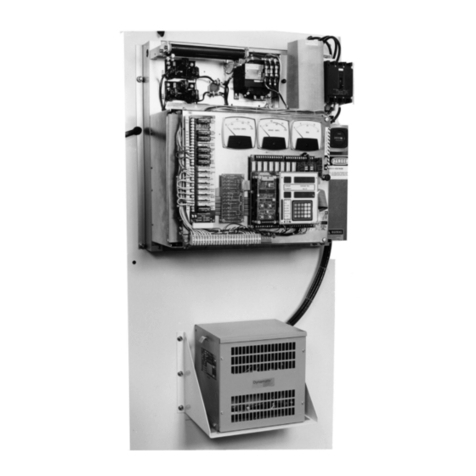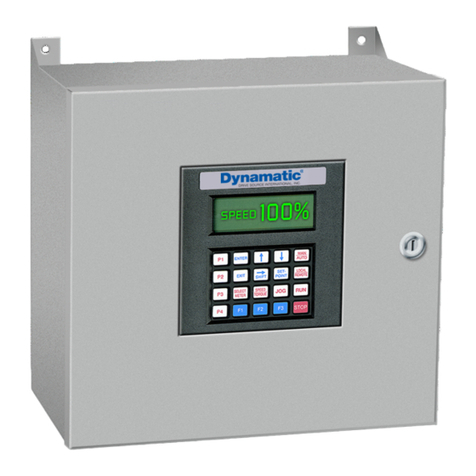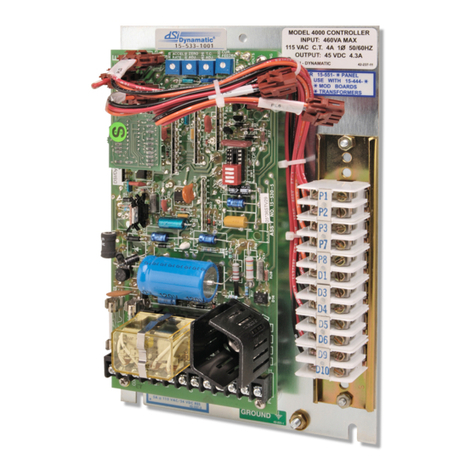Table of Contents
Section 1 - THEORY OF OPERATION............................................................................................................. 5
Section 2 - SPECIFICATIONS ......................................................................................................................... 7
2.1 - Features ............................................................................................................................................ 7
2.2 –Power and Load Ratings................................................................................................................... 7
2.3 –Electrical Protection ......................................................................................................................... 7
2.4 –Environmental Ratings ..................................................................................................................... 8
2.5 –Electrical Noise................................................................................................................................. 8
2.6 - Enclosures ......................................................................................................................................... 8
2.7 - Weight............................................................................................................................................... 8
2.8 - Dimensions........................................................................................................................................ 8
2.9 –Reliability ......................................................................................................................................... 8
2.10 –Codes and Standards...................................................................................................................... 8
Section 3 –CONTROL OPERATION MODES ................................................................................................. 9
3.1 –Control Modes.................................................................................................................................. 9
3.2 –Other Modes of Operation............................................................................................................... 9
Section 4 –INPUTS/OUTPUTS.................................................................................................................... 10
4.1 –Analog Inputs ................................................................................................................................. 10
4.2 –Digital Inputs .................................................................................................................................. 10
4.3 –Analog Outputs .............................................................................................................................. 10
4.4 –Digital Outputs ............................................................................................................................... 11
Section 5 –INSTALLATION ......................................................................................................................... 12
5.1 –Mounting Hardware....................................................................................................................... 15
5.2 –Wiring............................................................................................................................................. 16
5.3 –Hardware Setup ............................................................................................................................. 20
Section 6 –KEYPAD .................................................................................................................................... 22
Section 7 –PROGRAMMING ...................................................................................................................... 23
7.1 –Menu A: Control Setup................................................................................................................... 23
7.2 –Menu B: Clch Performance ............................................................................................................ 28
7.3 –Menu C: Accel/Decel Setup............................................................................................................ 29
7.4 –Menu D: Brake Performance.......................................................................................................... 29
7.5 –Menu E: Follower Setup ................................................................................................................. 30
